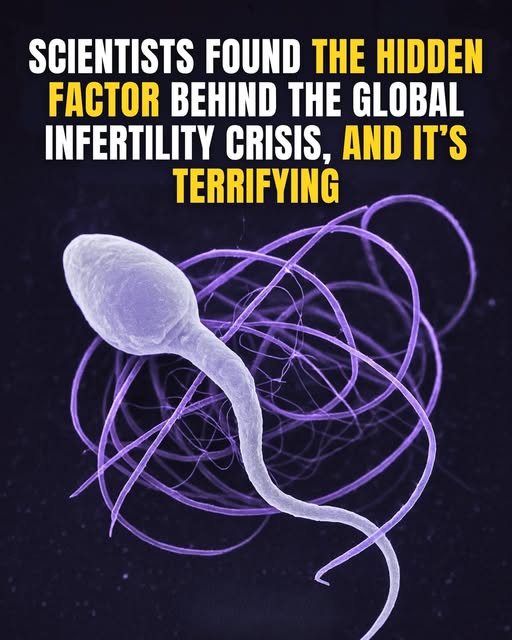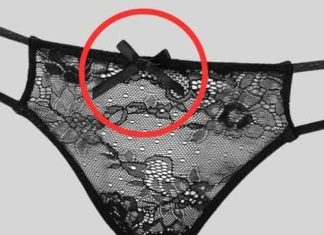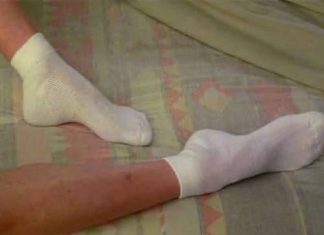For years, experts have sounded alarms about falling fertility rates worldwide especially in men, with studies showing dramatic declines in sperm counts. Yet despite extensive research, a consistent root cause remained elusive. Recently, however, scientists have begun pointing to a surprising and pervasive factor: tiny plastic particles known as micro- and nanoplastics. This emerging evidence suggests these microscopic pollutants might be silently undermining reproductive health across the globe.
Microplastics: The Invisible Threat
Microplastics are fragments of plastic debris smaller than 5 mm in size, while nanoplastics shrink even further—down to sizes comparable with viruses. These particles don’t just linger in oceans or on beaches; they infiltrate food, water, air, and the human body. Crucially, many plastics carry chemical additives like phthalates and bisphenol A (BPA), known hormone-disruptors. These substances can leach from plastic particles and interact with the body’s reproductive system, possibly impairing fertility.

Impact on Male Reproductive Health
Male fertility is one of the most concerning areas of study. Research indicates that exposure to micro- and nanoplastics may damage sperm in several ways: reducing survival rates, fragmenting DNA, altering mitochondria (the cell’s energy system), and impairing mobility and viability. These changes can lead to decreased chances of fertilisation and successful conception. For example, some laboratory studies found that sperm exposed to plastic particles displayed elevated DNA damage within just a short time of contact.
Consequences for Women’s Reproduction
Women’s reproductive systems are also susceptible. Microplastics may harm egg precursors (oocytes), interfere with hormone regulation, and even cross protective barriers such as the placenta. In studies using animal models, exposure has been linked to fewer viable eggs and developmental changes in embryos. Additionally, the presence of microplastics inside placental tissues in humans indicates early exposure may be affecting fetal development, with potential implications for future fertility even before birth.
Broader Context: Demographics vs. Biology
While the plastic-infertility connection gains traction, it’s important to distinguish between clinical infertility (biological inability to conceive) and demographic fertility decline (fewer children per family). Many regions with low birth rates are experiencing it for socioeconomic reasons: later parenthood, cost of raising children, career prioritisation, and access to contraception. According to demographic experts, falling birth rates do not necessarily reflect increasing biological infertility—though the latter remains a serious concern for affected individuals.
What This Means for You
Given the potential risks, reducing exposure to microplastics and hormone-disrupting chemicals makes practical sense. Simple steps include: choosing glass or stainless steel over plastic containers for food and drink; avoiding microwaving food in plastic; limiting use of cosmetics, shampoos, and products with phthalates; and reducing fast-fashion items made from synthetic plastics (which shed fibres into air and dust). Keeping indoor environments clean—such as vacuuming regularly and ventilating well—also helps reduce accumulation of plastic-derived particles.

Final Thoughts: Time to Act
The evidence linking micro- and nanoplastics to reproductive health is still emerging, and scientists caution that many uncertainties remain. But the convergence of declining sperm counts, mounting plastic pollution, and the known effects of endocrine-disrupting chemicals creates a compelling case for concern. Whether you’re planning a family now, or simply playing the long-game with future health, paying attention to what you ingest, inhale, and live around is more important than ever. The reproduction of our species may not hang in the balance today—but the health of future generations might well depend on what we do now.

















